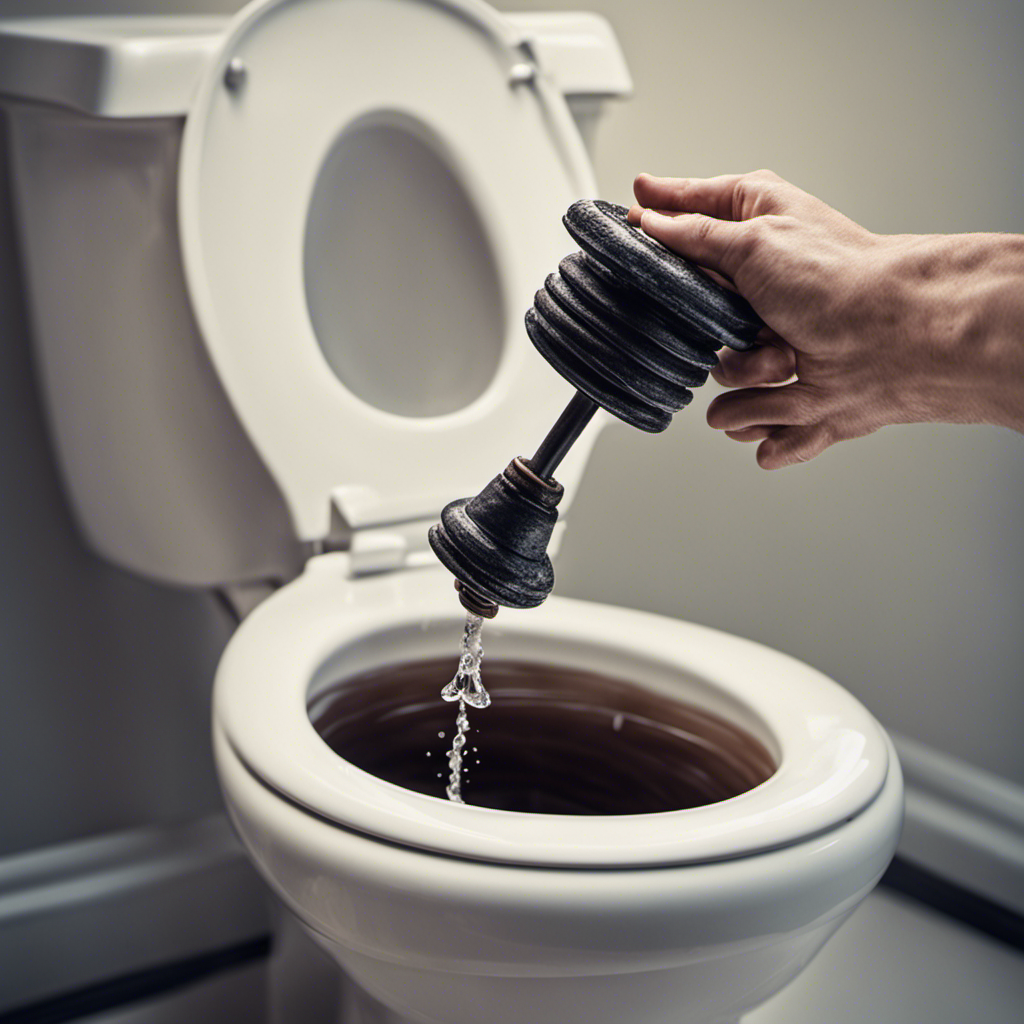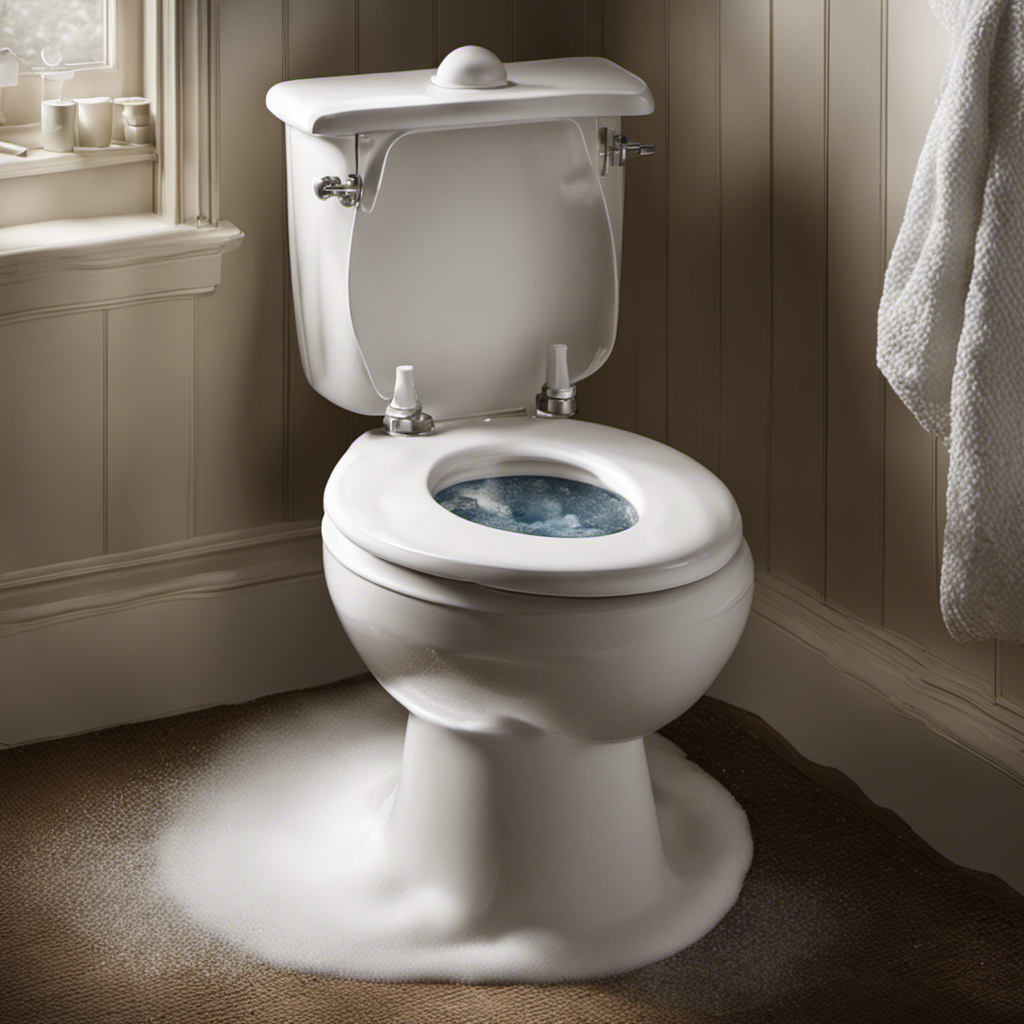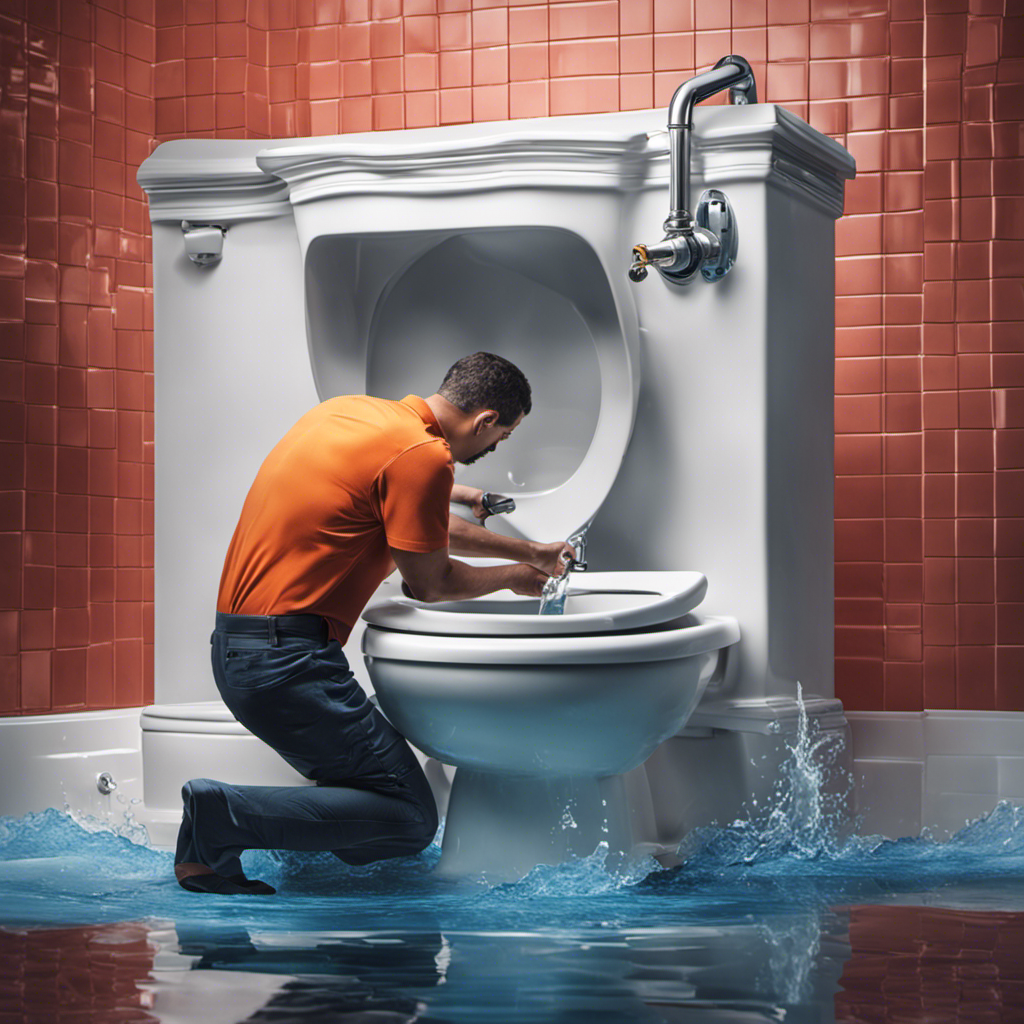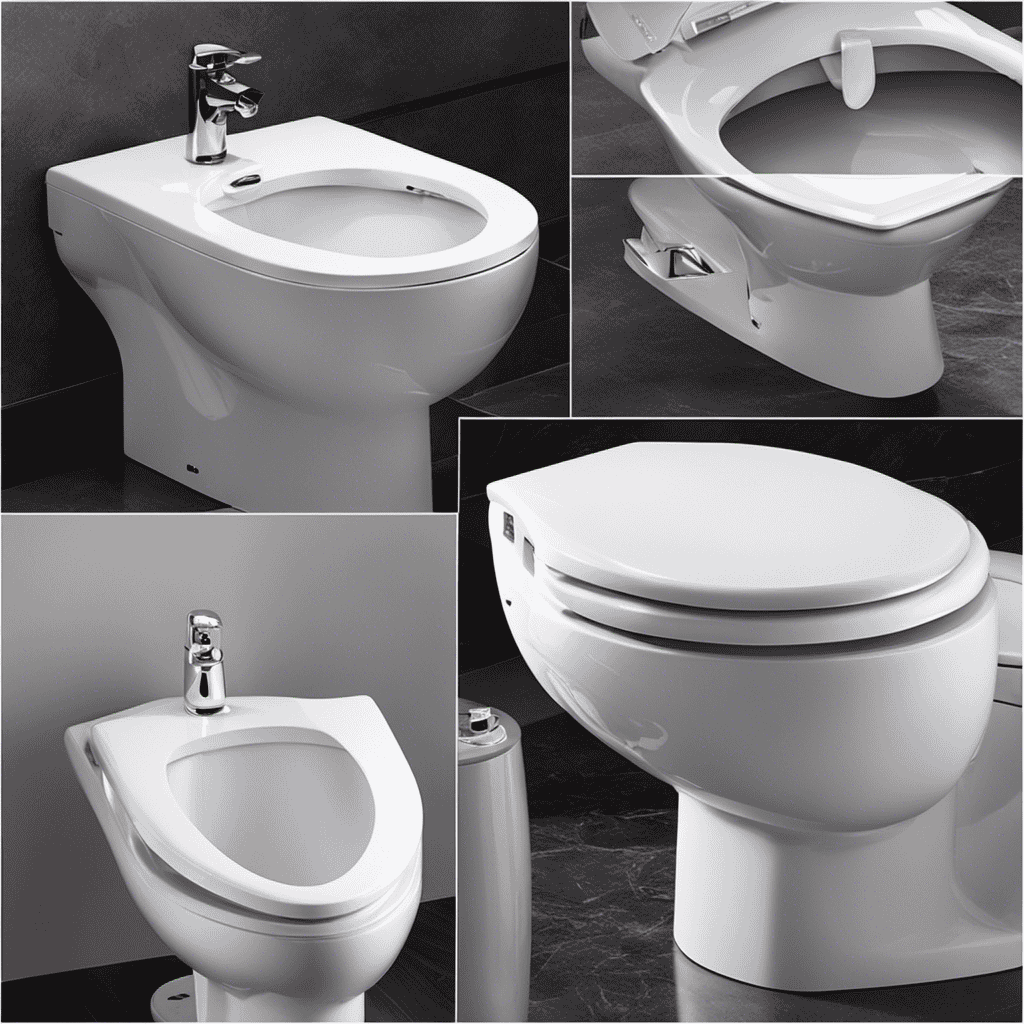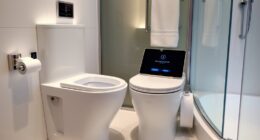Have you ever found yourself dealing with a clogged toilet or bathtub drain and wondered how to fix it? Well, look no further!
In this article, I will guide you through the process of unclogging both a toilet and a bathtub drain, step by step. With the right tools and techniques, you’ll be able to tackle these common household issues with ease.
Say goodbye to frustrating clogs and hello to smoothly flowing drains!
Key Takeaways
- Slow draining water is a common sign of a clogged drain.
- Boiling water can dissolve minor clogs.
- Baking soda and vinegar can break down clogs and clear drains.
- Regularly cleaning drains and using drain screens can prevent future clogs.
Understanding the Common Causes of Clogged Drains
Understanding the common causes of clogged drains can help you prevent future plumbing issues.
One of the most common signs of a clogged drain is slow draining water. If you notice that water is taking longer than usual to drain from your sink, shower, or bathtub, it might be a sign of a clog.
Another common sign is a foul odor coming from your drain. This can be caused by food particles, grease, or hair that have built up over time.
When it comes to unclogging drains, there are several natural remedies you can try. For example, pouring boiling water down the drain can help dissolve minor clogs. Baking soda and vinegar can also be effective in breaking down clogs and clearing your drains.
Essential Tools and Materials for Unclogging Drains
To effectively tackle clogs, you’ll need a few essential tools and materials on hand.
When it comes to DIY drain cleaning, there are a few unclogging hacks that can come in handy.
The first tool you’ll need is a plunger. This simple yet effective tool can help dislodge minor clogs in both the toilet and bathtub drain.
Another essential tool is a drain snake or auger. This long, flexible wire can reach deep into the pipes to remove stubborn clogs.
Additionally, having baking soda and vinegar on hand can be useful for a natural and chemical-free DIY drain cleaning solution. Simply pour some baking soda down the drain, followed by vinegar, and let the mixture sit for a while before flushing with hot water.
These tools and materials will help you tackle most minor clogs and keep your drains flowing smoothly.
Step-by-Step Guide to Unclogging a Toilet
Grab a plunger and position it over the toilet bowl to begin tackling the clog. Make sure the plunger completely covers the drain opening. Push down firmly, then pull up quickly to create suction. Repeat this motion several times until the water starts to drain. If the plunger doesn’t work, you can try using a chemical drain cleaner. However, be cautious as these cleaners can be harsh and may damage your pipes. Always read and follow the instructions carefully. It’s also important to note that chemical drain cleaners should never be used in conjunction with a plunger, as the combination can cause dangerous reactions. Here’s a comparison table to help you decide between a toilet plunger and chemical drain cleaner:
| Toilet Plunger | Chemical Drain Cleaner |
|---|---|
| Affordable | Can be expensive |
| Safe for pipes | Harsh chemicals |
| May require more effort | Quick and easy to use |
| Can be reused | One-time use only |
| Environmentally friendly | Harmful to the environment |
Effective Techniques for Unclogging a Bathtub Drain
Using a combination of hot water and vinegar can help break down any clogs in your bathtub. Here are some effective techniques to unclog your bathtub drain:
- Pour a pot of boiling water down the drain to loosen any built-up debris.
- Mix equal parts of vinegar and hot water and pour it down the drain. Let it sit for about 30 minutes before rinsing with hot water.
- Use a plunger to create suction and force out the clog. Make sure to cover the overflow drain with a wet cloth to ensure maximum pressure.
These natural remedies are a safer alternative to chemical cleaners, which can be harmful to your health and the environment. By using hot water and vinegar, you can effectively remove clogs without the need for harsh chemicals.
Taking preventive measures, such as using drain screens and regularly cleaning your drains, can help avoid future clogs and maintain a smoothly running bathtub drain.
Preventive Measures to Avoid Future Drain Clogs
By regularly cleaning your drains and using drain screens, you can prevent future clogs in your bathroom. Proper maintenance is essential to keeping your drains clear and functioning properly.
One easy way to maintain your drains is by using a drain screen. These screens catch hair, soap residue, and other debris before it has a chance to go down the drain and cause a clog. Simply place the drain screen over the drain opening and empty it regularly.
Additionally, it is important to clean your drains regularly to prevent buildup. You can do this by pouring boiling water down the drain or using a mixture of baking soda and vinegar.
However, if you are experiencing frequent clogs despite your best efforts, it may be time to call in professional plumbing services to assess and address any underlying issues.
Conclusion
So there you have it, a step-by-step guide on how to unclog your toilet and bathtub drains. By understanding the common causes of clogged drains and using the essential tools and techniques we’ve discussed, you’ll be able to tackle these pesky problems on your own.
Just remember, prevention is key! By implementing simple preventive measures like using drain screens and avoiding pouring grease down the drain, you can significantly reduce the chances of future drain clogs.
Did you know that over 90% of drain clogs are caused by a buildup of hair, soap scum, and other debris? It’s important to stay proactive and keep those drains clean to prevent any future clogs.
